What Are The Side Effects Of Hydrodermabrasion?
Curious about the side effects of hydrodermabrasion before you book a treatment? You’re smart to ask. While hydrodermabrasion is known for being gentle and non-invasive, it can still trigger a few temporary reactions.
This guide breaks them down—common, less common, and rare hydrodermabrasion side effects—and gives you clear, practical steps to manage hydrodermabrasion aftercare so you can enjoy your post-treatment glow with minimal fuss.
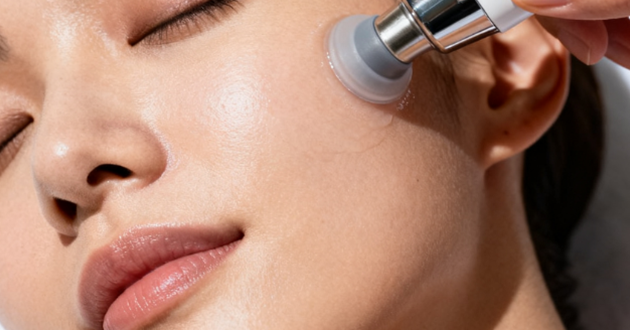
Hydroderermabrasion: Common Side Effects You Might Notice
Hydrodermabrasion is widely considered a gentle, non-invasive facial, but brief, mild reactions can still follow a session. The most typical are transient redness, slight puffiness, and a light tingling right afterward. These sensations reflect normal increases in microcirculation from the device’s suction plus the water-guided exfoliation that lifts superficial corneocytes. Because hydrodermabrasion machine can momentarily raise transepidermal water loss (TEWL) and speed up turnover, some people also notice subtle dryness or a mild “tight” feel for a few hours while the barrier re-equilibrates.

Most responses subside within 12–24 hours, often much sooner. Redness frequently fades in the first hour—quicker still if you apply a cool compress or a calming serum (think panthenol, aloe, or centella). A short, healthy flush can appear in areas where hydrodermabrasion machine required slightly stronger suction (commonly the T-zone) and settles without treatment. For a smooth afterglow, keep skin well hydrated, avoid heat exposures (hot showers, saunas, intense workouts) the rest of the day, and stick to gentle, fragrance-free products until the next morning.
Less Common Side Effects of Hydrodermabrasion Machine
While most people experience only mild, short-lived reactions, less common side effects can occur—especially if the hydrodermabrasion machine settings are too strong or the skin barrier is already compromised. You may notice slight flakiness, light suction bruising, or temporary sensitivity to skincare applied afterward. Those with delicate or reactive skin can develop tiny red dots (petechiae) where suction was more concentrated, and using high-strength serums during the session may cause brief stinging or irritation around thinner areas such as the nose and cheeks.
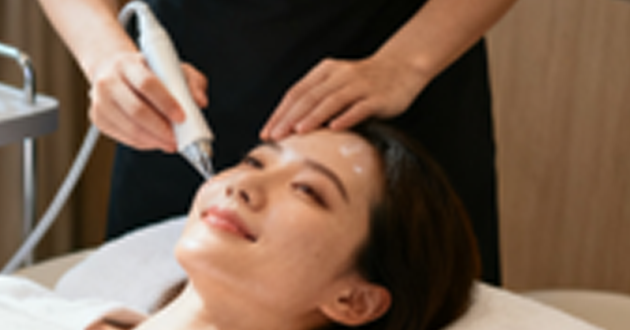
These reactions usually resolve within a day or two. They’re influenced more by pressure, number of passes, and serum potency than by hydrodermabrasion machine itself. If you’re using retinoids, exfoliating acids, or blood-thinning supplements, you may be slightly more prone to these effects. Prevention is straightforward: lower the vacuum level, shorten passes, and choose barrier-repair or calming infusions to keep the skin comfortable and reduce the chance of recurrence.
Rare Side Effects of Hydrodermabrasion Facial
Serious issues with hydrodermabrasion facial are uncommon, but they’re possible if treatment is performed on unsuitable skin or under poor hygiene. Rare reports include persistent redness, superficial abrasions, or localized infection, most often when device tips aren’t properly sanitized. Clients with active acne flares, eczema, rosacea, cold sores, or open lesions should postpone treatment to avoid post-inflammatory hyperpigmentation (PIH) or worsening irritation—particularly important for deeper skin tones.
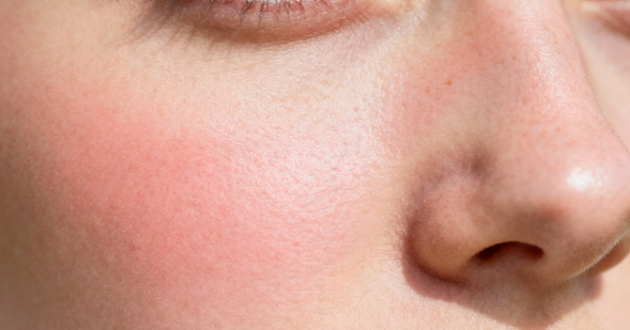
Allergic reactions to infused serums are also possible (though infrequent), typically presenting as itchy bumps or a mild rash within 24 hours. In very rare cases, overly aggressive suction near delicate areas can lead to prolonged petechiae or lingering tenderness. A thorough pre-treatment consultation—reviewing current skin conditions, recent procedures, medications, and ingredient sensitivities—and tailoring hydrodermabrasion facial settings and solutions accordingly will minimize these risks. When performed correctly, hydrodermabrasion facial remains a safe, well-tolerated method for achieving clearer, smoother, and more hydrated skin.
How to Manage Side Effects (after hydrodermabrasion machine)
Most hydrodermabrasion side effects are minor and fade quickly with the right aftercare. After a session with a Hydrodermabrasion Machine, follow these simple steps to help your skin recover smoothly and keep that healthy glow:
Soothe and hydrate:
Within the first hour, cleanse gently with a fragrance-free wash. Apply a calming serum—look for aloe vera, panthenol, centella asiatica, or hyaluronic acid—then seal with a lightweight, non-comedogenic moisturizer. If skin feels warm, a cool (not icy) compress for a few minutes eases redness without shocking the skin.

Avoid harsh products:
Give your barrier a 48-hour break from strong actives and exfoliants (retinoids, AHAs/BHAs/PHAs, benzoyl peroxide, gritty scrubs, at-home devices). Over-stimulating right after hydrodermabrasion can prolong sensitivity. If you use a prescription retinoid, resume on night 3 only if the skin feels calm—no tightness or stinging.
Protect from sun exposure:
Freshly polished skin is more photosensitive. Apply a broad-spectrum SPF 30+ every morning and reapply if you’re outdoors. Mineral filters (zinc oxide, titanium dioxide) are great post-treatment, and pairing sunscreen with a hat/shade helps prevent lingering redness or pigment changes.
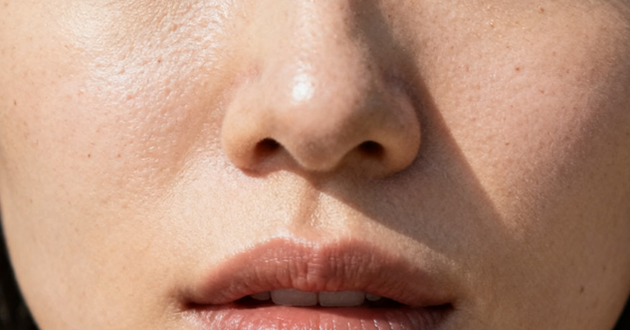
Keep it clean:
Hands off—avoid touching, rubbing, or picking. Swap to a clean pillowcase, disinfect your phone screen, and skip saunas, hot yoga, or steam rooms for the rest of the day to reduce heat-triggered flushing and sweat irritation.
Consult a professional:
If redness, itching, or discomfort lasts beyond 48 hours—or if bumps, oozing, or increasing pain appear—contact your esthetician or dermatologist. Bring the list of products used during your Hydrodermabrasion Machine session so they can quickly identify any potential irritants or allergens.
With gentle care and good technique, side effects from hydrodermabrasion are typically minimal and short-lived. Most people notice skin that feels softer, more hydrated, and visibly smoother within hours.
Conclusion
Hydrodermabrasion remains a safe, well-tolerated option for clearer, smoother, more hydrated skin. Most reactions are mild and short-lived, especially with sensible aftercare—soothe, protect, and keep things simple for 48 hours. If anything lingers or feels unusual, check in with a professional.
Table of Contents
Related information
How can we help you?
Have specific questions or requests? Fill out our inquiry form, and our dedicated team will get back to you promptly. Your inquiries are important to us, and we are committed to providing comprehensive and personalized responses tailored to your needs.


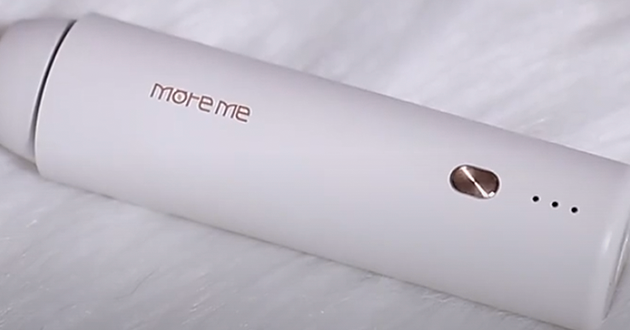
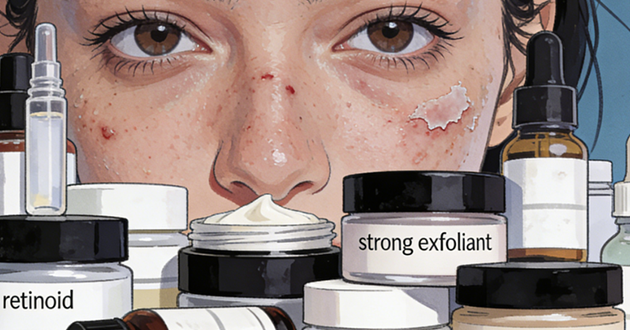
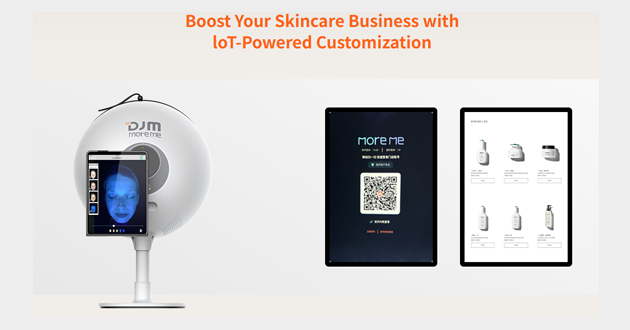
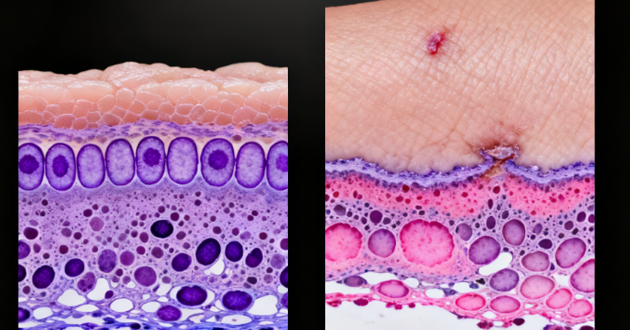

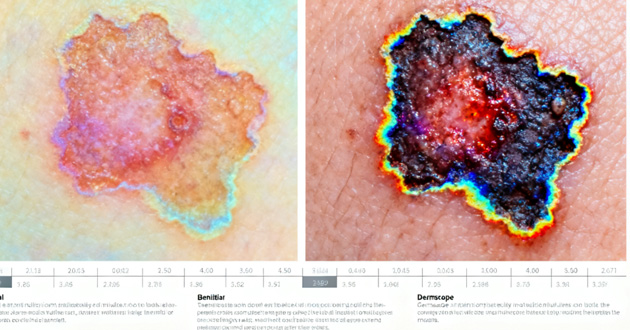
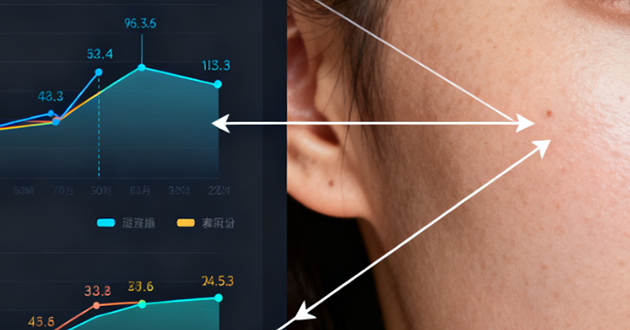
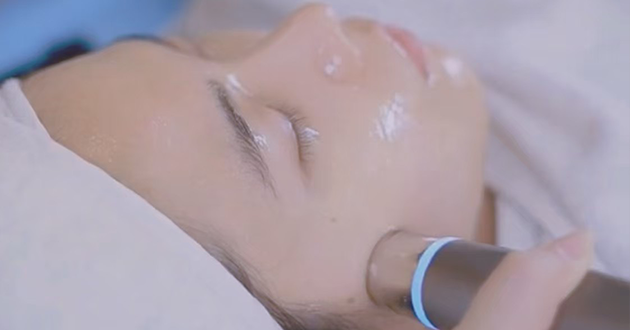


 Reach out to us today!Whether you are preparing to start your own
business in the beauty industry, are ready to upgrade your
equipment, or are just interested in our products,Contact us
today, and let’s explore how we can partner to achieve your goals
and drive your success to new heights!
Reach out to us today!Whether you are preparing to start your own
business in the beauty industry, are ready to upgrade your
equipment, or are just interested in our products,Contact us
today, and let’s explore how we can partner to achieve your goals
and drive your success to new heights!
